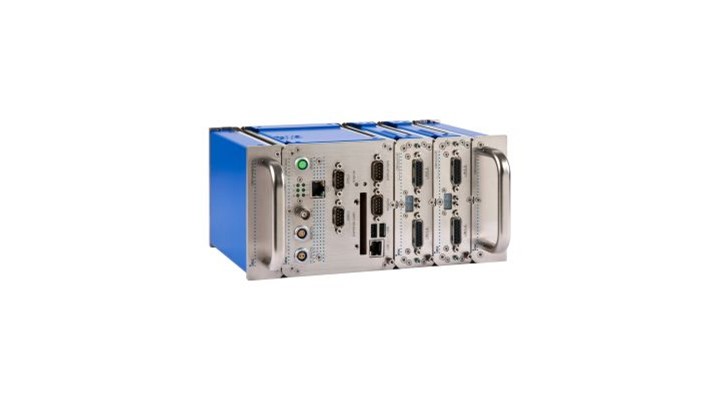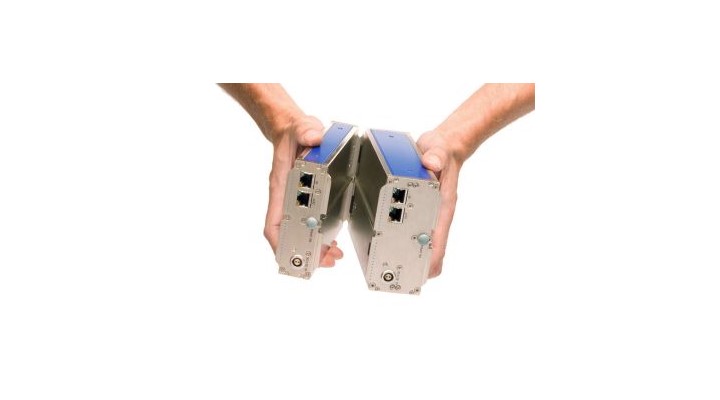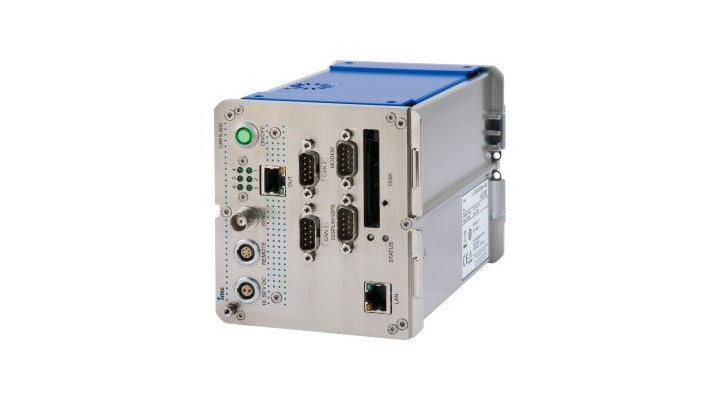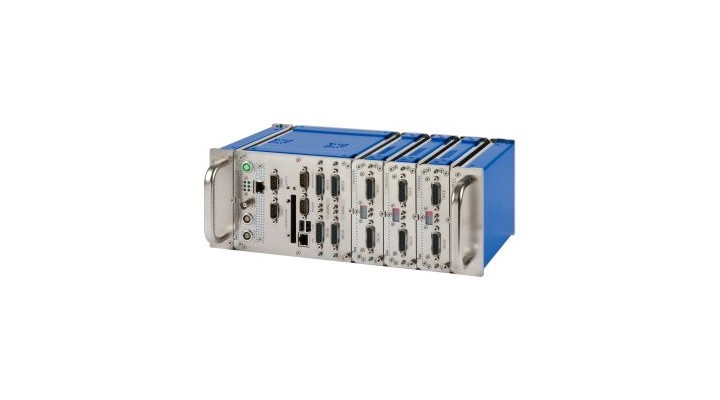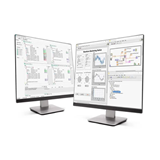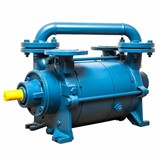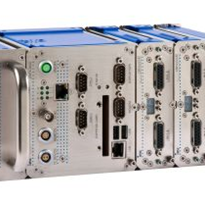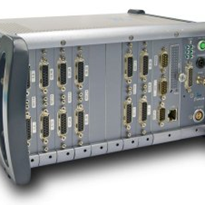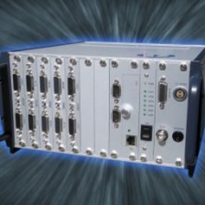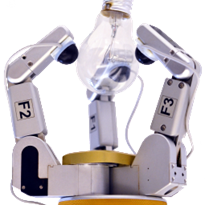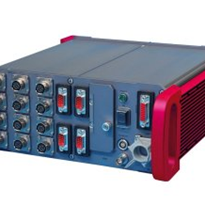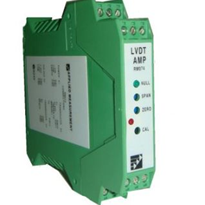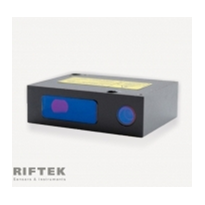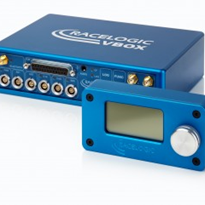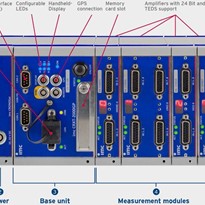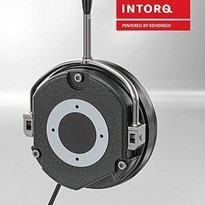But banish any notion of the old fashioned heavy and bulky mainframe chassis with plug-in cards: because of the imc click-mechanism, with imc CRONOSflex, racks are no longer needed.
By simply clicking an imc CRONOSflex Module, or modules, to an imc CRONOSflex Base Unit, you've created a complete system, with exactly the number of channels you need. No cables between cards, no half empty mainframe racks, and no expansion chassis to squeeze in one more channel. Just a perfect fit.
An imc CRONOSflex system consists of one base unit, and one or more modules. Any analog, digital and field bus channels can be managed by a single base unit, with up to 100,000 samples per second per channel, and up to 2,000,000 samples per second in total, streamed continuously to disk, flash storage, the control PC, remote viewers, or all of the above.
Designed for both centralized and distributed operations
Unlike other imc CRONOS systems, the imc CRONOSflex system may operate in both a centralized manner (all modules directly "clicked" to a base unit) or in a distributed arrangement, with imc CRONOSflex Modules remotely located, synchronously connecting high speed data to the base unit or other modules via a standard Ethernet cable.
Centralised configuration
The individual imc CRONOSflex Modules are mechanically designed to click to one another, and directly to the base unit – electrically and mechanically connected to the system and supply bus. Once "clicked" into place, modules are automatically recognized by the base unit and imcStudio software, displaying their module ID on the face of the unit.
Handle modules may also be clicked in place on the left and right side of the assembled stack, to aid in handling the assembled system. As an added feature, the left hand handle unit may optionally include a wide range DC-to-DC power supply, and backup (UPS) or long duration (Li-Ion) battery packs. Refer to the base unit accessories for more information on handles.
Distributed configuration
While directly clicking modules to a base unit allows an imc CRONOSflex system to be built-to-order by the user, this is not the only option when connecting modules to the base unit. A special feature of imc CRONOSflex is the ability to flex modules to be located remotely, creating a spatially distributed system.
Synchronous connection of the satellite module(s) is easily accomplished using standard Ethernet cable (RJ45, CAT5) from the base unit stack. The remote modules may be individual, or clicked together in satellite blocks, with the support of any number of satellite blocks. This allows the imc CRONOSflex Modules to be placed close the sensor, significantly reducing cabling and electromagnetic signal interference.
With up to 100 m between any two imc CRONOSflex Modules, distributed and hybrid centralized/distributed system topologies really open up the possibilities for in-vehicle test and measurement, test bench testing, and any other space or distance challenged testing environment. And thanks to Power over Ethernet (PoE), single distributed modules can be powered directly by the base system, for the unparalleled convenience of single cable connectivity.
For even more distribution possibilities, an external GPS time synchronisation allows one decentralized measurement system to be created with two or more synchronised base units – even if they are separated by hundreds of miles.


